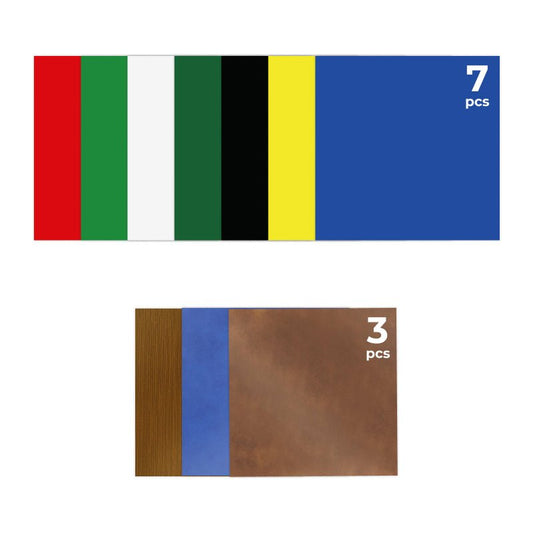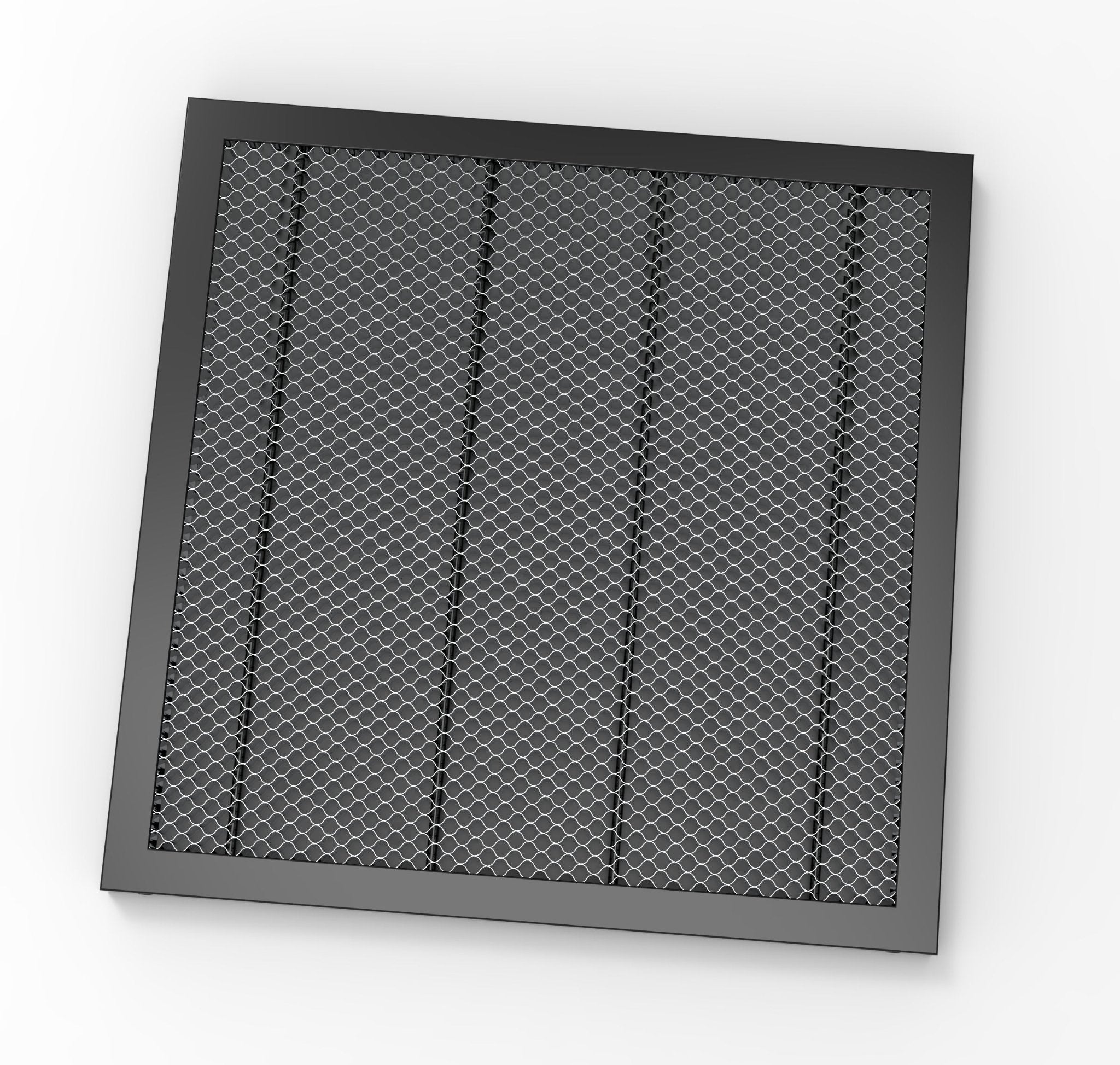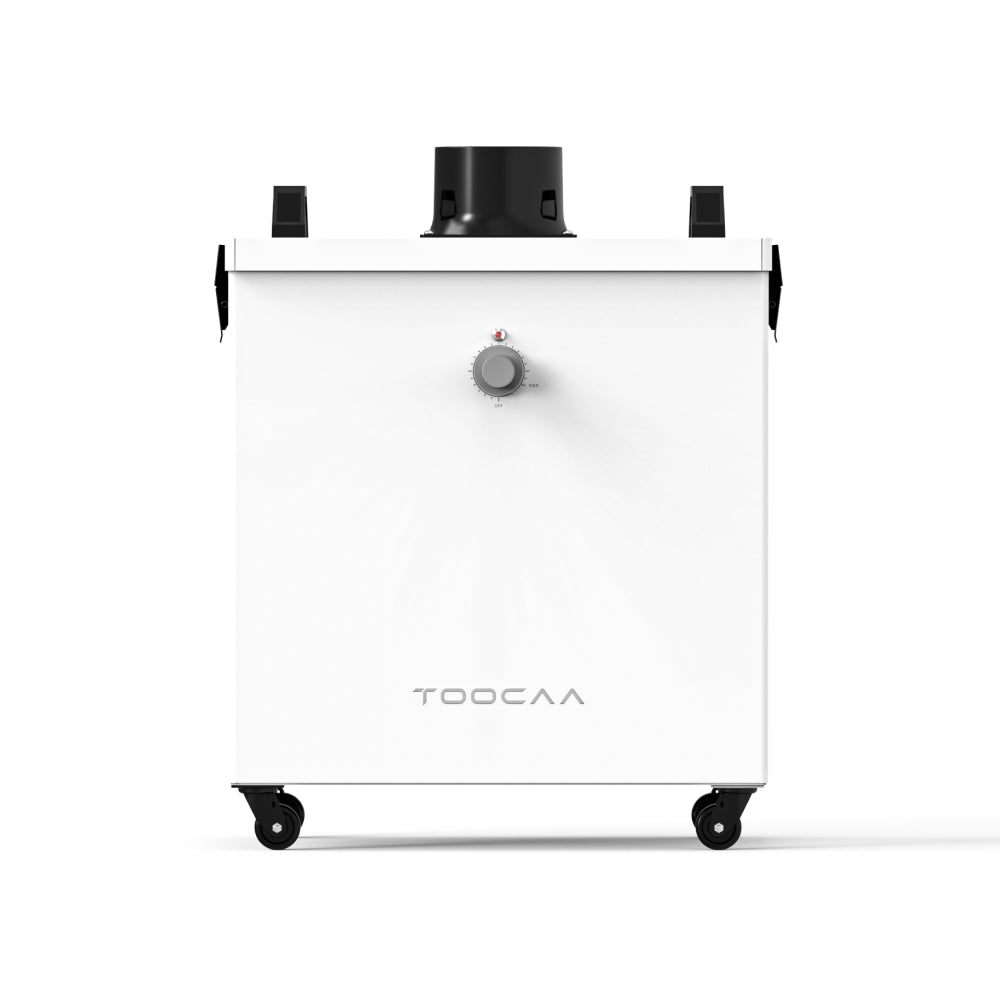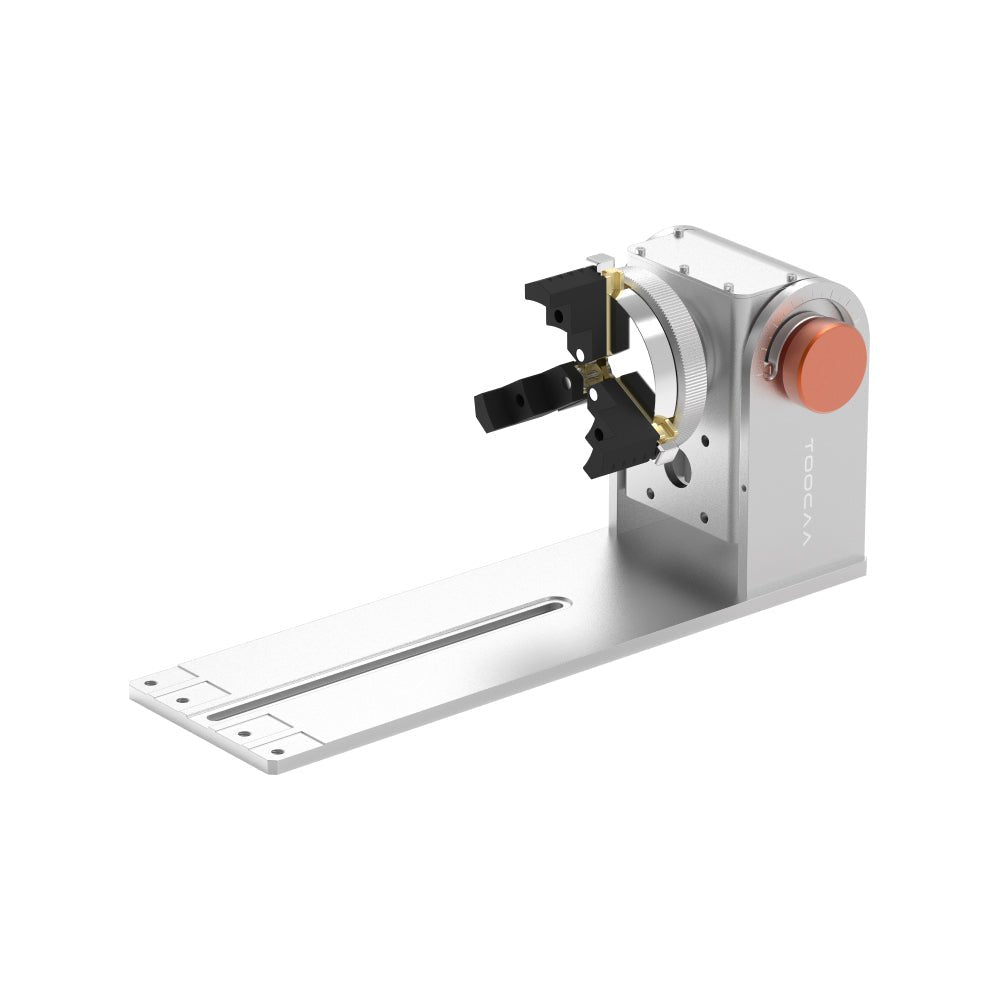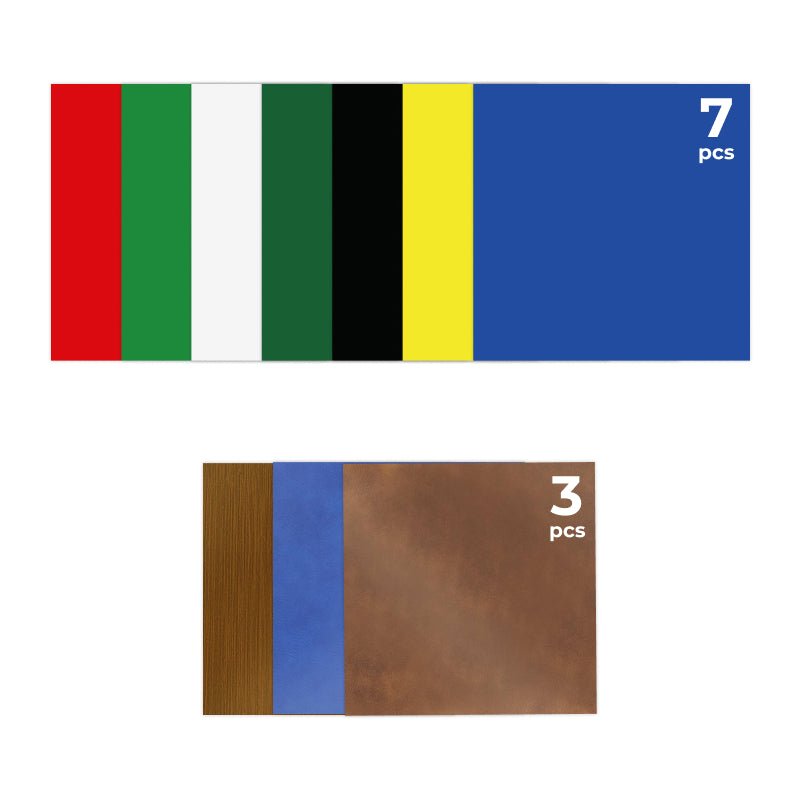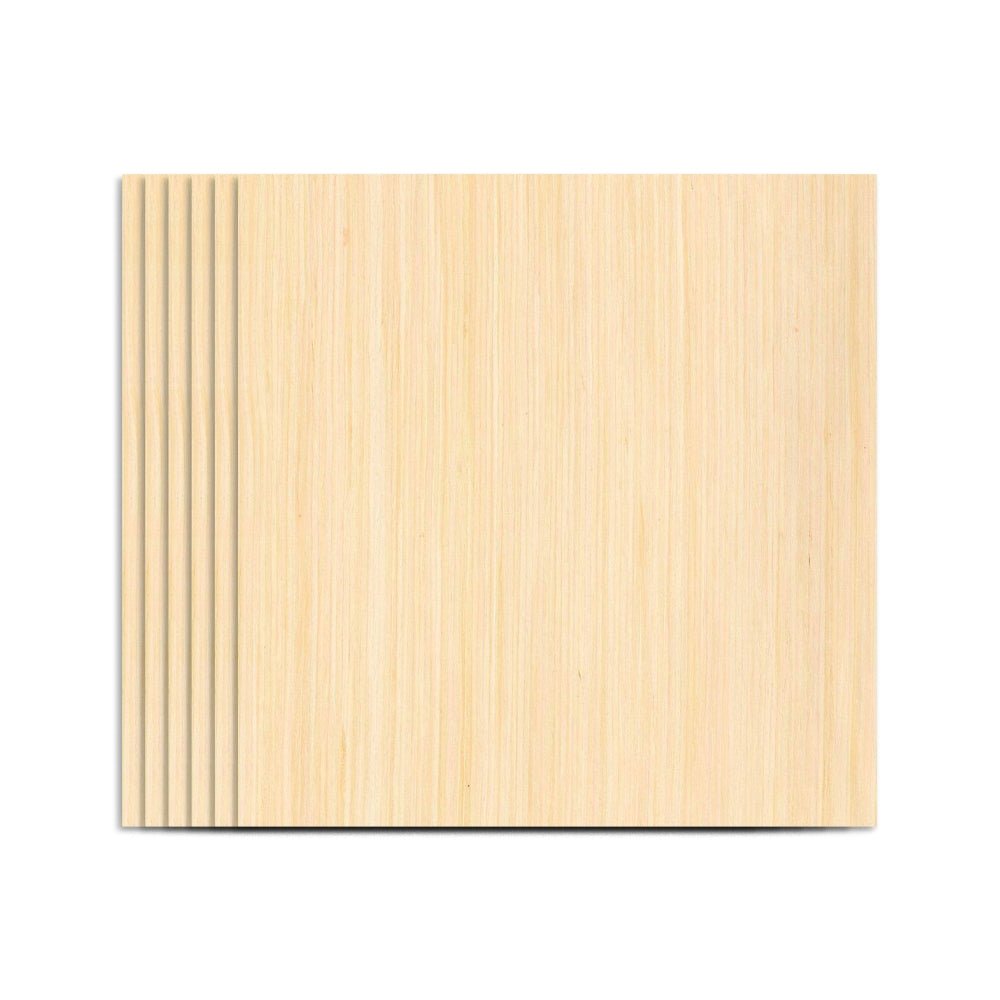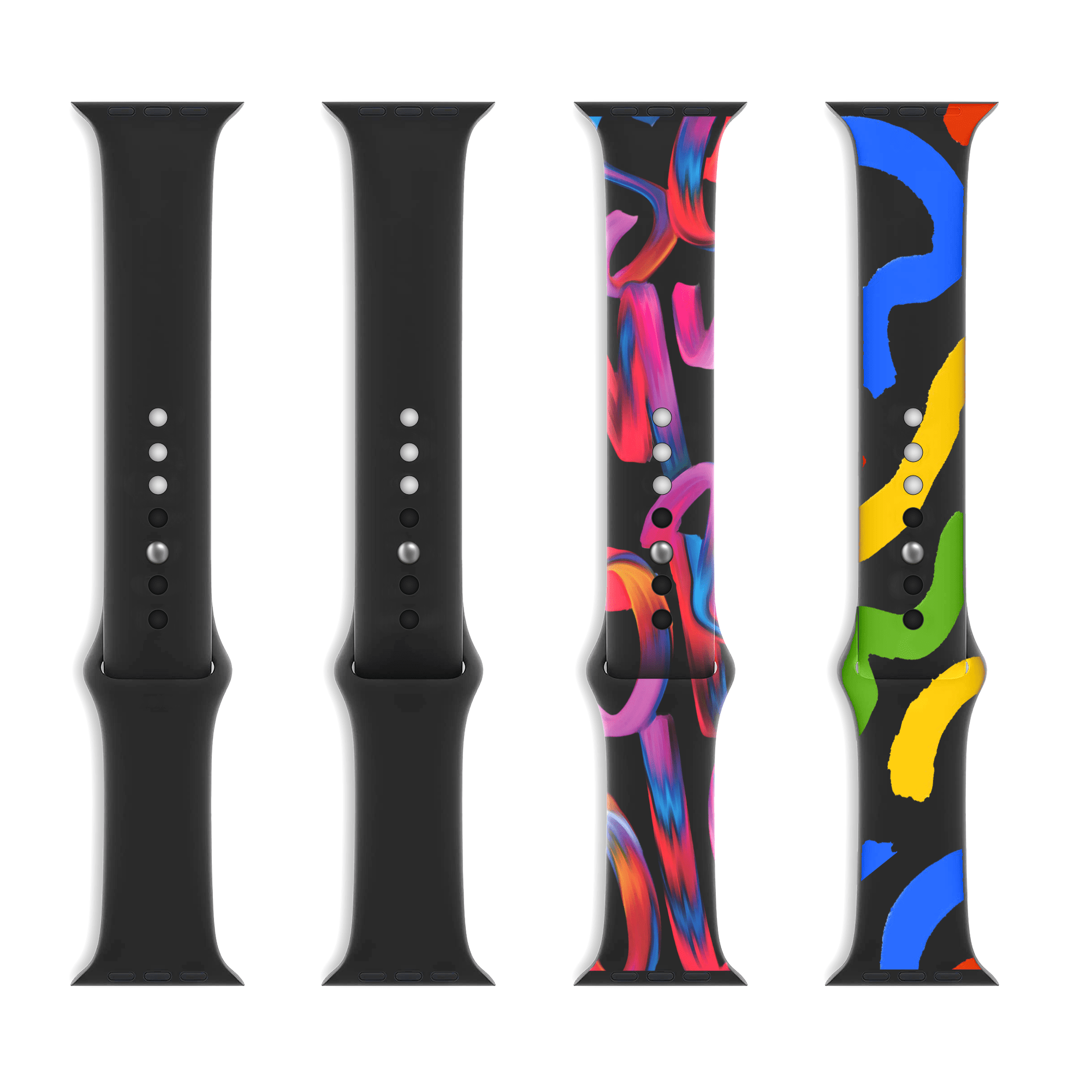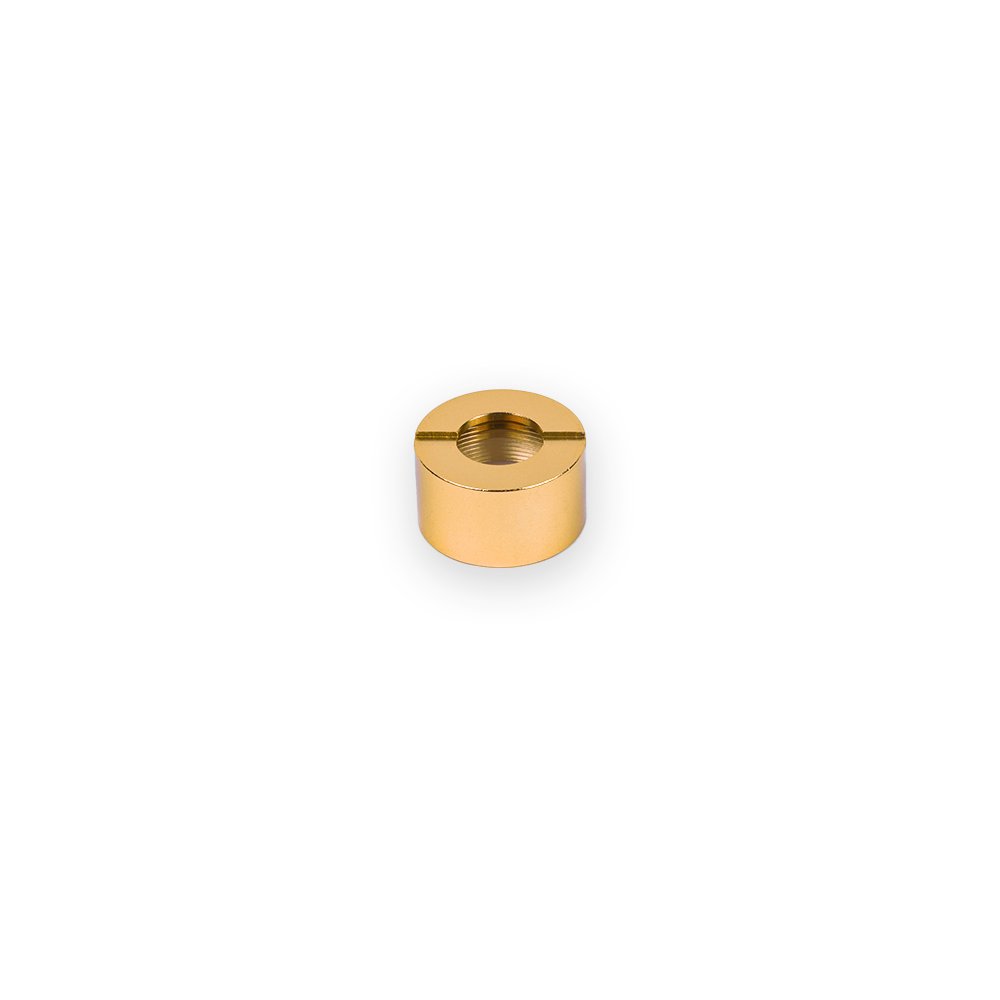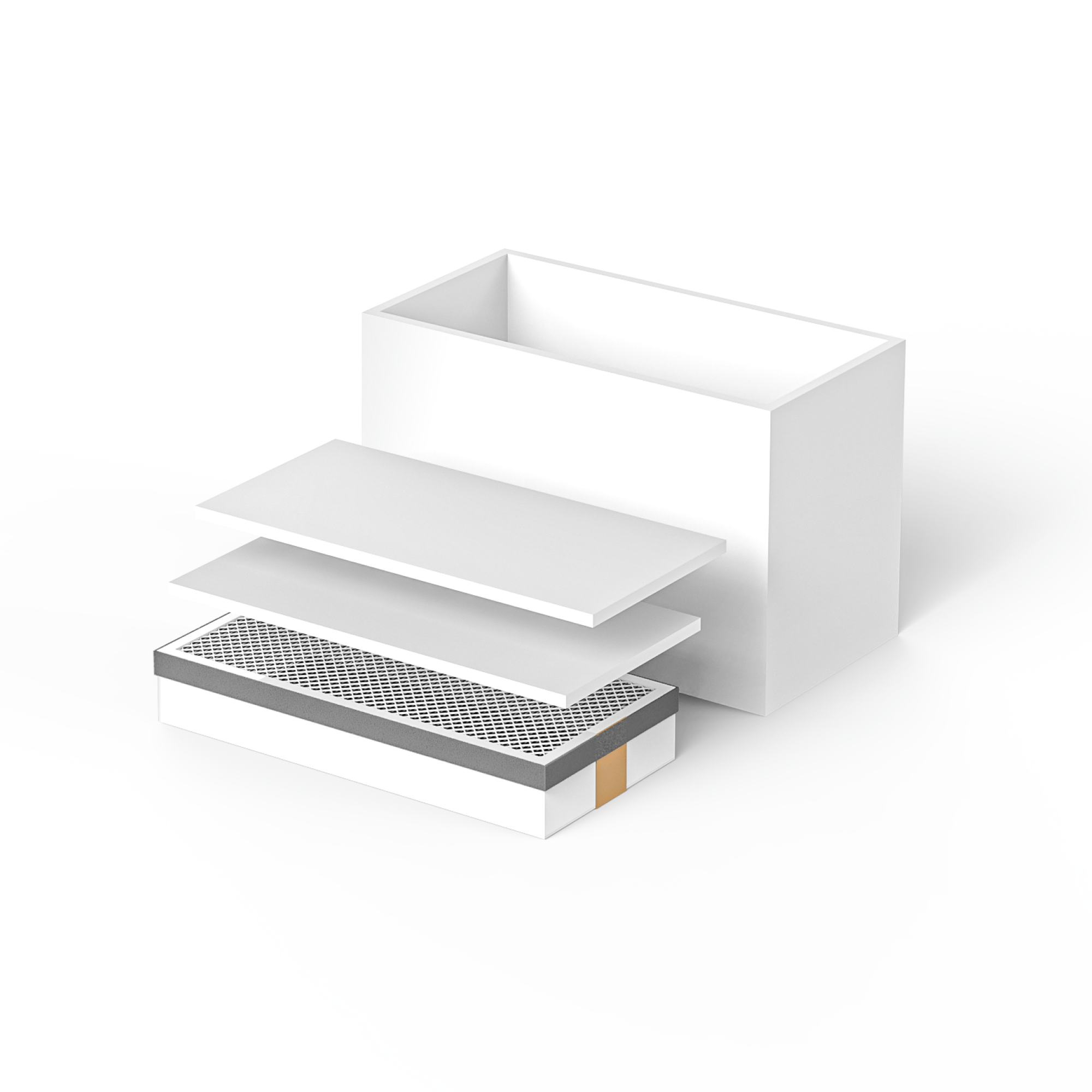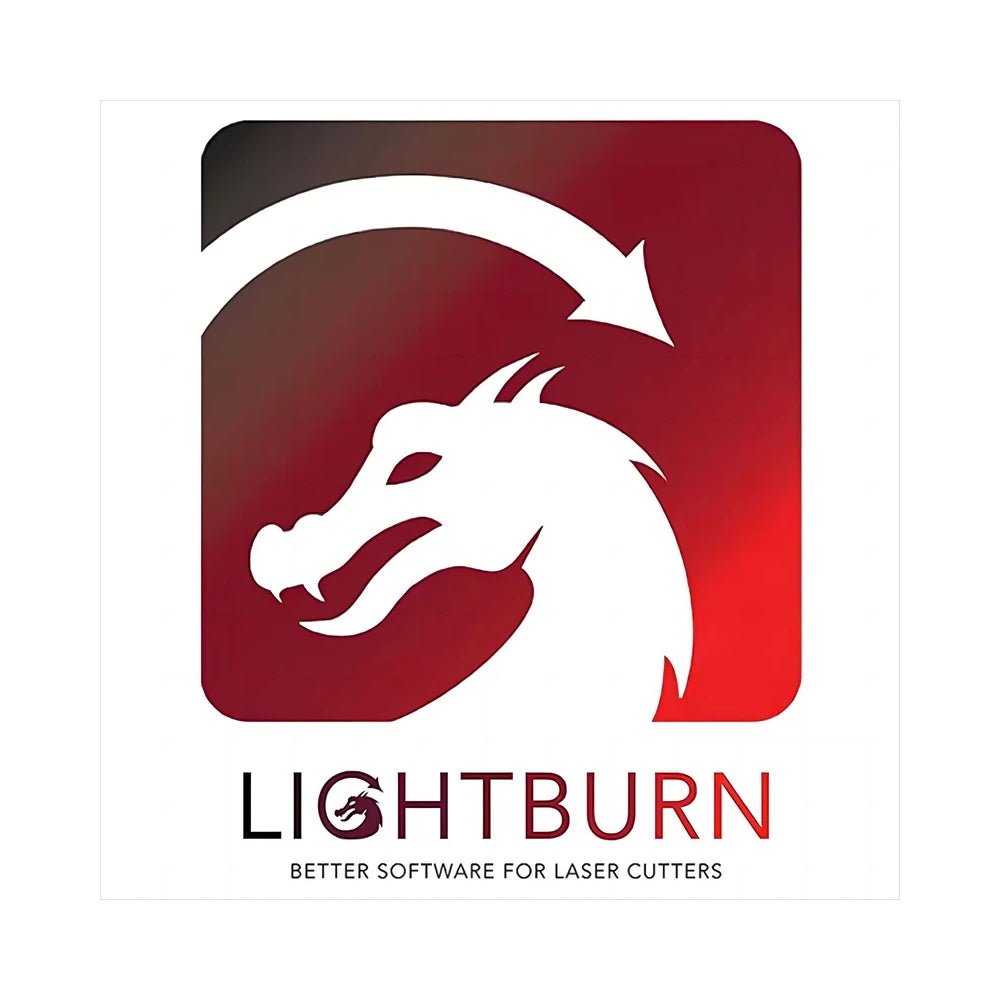Laser cutting technology has seen huge leaps in innovation in recent years, changing how the industry approaches manufacturing, design, and customization. As we look to the future, 2024 promises to bring even more revolutionary advancements. From automation and artificial intelligence (AI) to greener technologies and improved material capabilities, these trends will reshape how laser cutting machines are used across a range of industries.
In this extended blog, we explore the top trends to watch in laser cutting technology in 2024, focusing on how these innovations impact efficiency, precision, and sustainability in modern manufacturing.
Automation: Transforming large-scale manufacturing
Automation is already at the forefront of manufacturing, enabling faster, more efficient production with minimal human intervention. Laser cutting technology is increasingly adopting automated solutions, allowing companies to scale up their operations with precision and speed. Automation is expected to become more sophisticated by 2024, with fully autonomous laser cutting systems capable of managing entire production lines.
A key development in automation is the integration of robotic systems and advanced material handling solutions with laser cutting systems. These systems can automatically load raw materials, perform cutting operations, and unload finished products, minimizing downtime between operations. This type of setup is particularly useful in industries such as automotive and aerospace, where mass production and tight tolerances are important.
Automated laser cutters also feature real-time monitoring and feedback systems, allowing the machine to automatically correct deviations during the cutting process. These features not only improve accuracy, but also reduce material waste and improve production efficiency. Additionally, many laser cutting systems now have remote operation capabilities, allowing operators to control and monitor the machines from any location, further increasing productivity and eliminating the need for on-site monitoring.

Towards 2024, the combination of laser cutting technology with intelligent manufacturing systems will enable companies to automate more complex tasks, streamline workflows, and reduce overall production costs. The ability to scale operations without sacrificing quality will be a game changer for companies looking to stay competitive in an increasingly demanding market.
AI Integration: An Intelligent Revolution in Laser Cutting
Artificial intelligence (AI) is revolutionizing almost every industry, and laser cutting is no exception. Leveraging AI-based algorithms, laser cutting machines have become smarter, more adaptive, and able to achieve higher levels of precision than ever before. In 2024, it is expected that the integration of AI will play a key role in the future of laser cutting technology, bringing advanced capabilities to industrial applications.
One of the most important benefits of integrating AI into laser cutting is the ability to optimize cutting parameters in real time. AI systems can analyze factors such as material thickness, hardness, and thermal properties to dynamically adjust the laser power, speed, and focus. This level of adaptability improves cut quality and reduces error rates, even when dealing with different or difficult materials.
The role of AI goes beyond simply improving accuracy. Another area where AI comes into play in laser cutting technology is predictive maintenance. By continuously monitoring machine performance, AI can detect signs of wear and potential failure before they lead to costly breakdowns. This proactive approach ensures that laser cutters operate at peak efficiency, minimizing unplanned downtime and reducing maintenance costs over time.
Another interesting development is the contribution of artificial intelligence to design optimization. Laser cutting machines can now process complex design models using intelligent nesting algorithms to optimize material usage. These algorithms organize parts into the most efficient layout, reducing material waste and improving overall productivity. As AI systems continue to evolve, they will help develop even more sophisticated cutting strategies that optimize both speed and resource efficiency.
In 2024, the fusion of artificial intelligence and laser cutting will open new possibilities for manufacturers, providing smarter systems that can handle complex tasks with minimal human oversight. This change will not only increase productivity, but also increase product customization capabilities and improve delivery times.
Greener Technologies: Embracing Sustainability in Manufacturing

As industries worldwide focus on reducing their environmental impact, the laser cutting industry is following suit by embracing greener technologies. Sustainability has become a critical factor for manufacturers, and in 2024, laser cutting technology is expected to evolve toward more eco-friendly solutions, helping businesses reduce their carbon footprints while maintaining high levels of performance.
One of the primary areas of focus is improving energy efficiency in laser cutting machines. Traditional CO2 lasers consume significant amounts of energy during the cutting process, but newer fiber laser systems are far more efficient. Fiber lasers use less power to achieve the same (or even better) cutting results, making them a more sustainable choice for manufacturers. As we move into 2024, we expect to see further advancements in energy-efficient laser sources that not only lower electricity consumption but also reduce operational costs for businesses.
Moreover, manufacturers are increasingly looking at ways to reduce material waste during the cutting process. Advanced nesting algorithms, powered by AI, are enabling laser cutters to arrange designs on raw materials more efficiently, ensuring that every inch of material is utilized. This reduces offcuts and scrap material, contributing to more sustainable production practices. These innovations are particularly important in industries such as packaging, where minimizing waste is both economically and environmentally beneficial.
Another critical aspect of greener laser cutting technology is the reduction of harmful by-products during the cutting process. Traditional cutting methods can release fumes, particulates, and other hazardous substances into the air, posing risks to both operators and the environment. In 2024, more advanced filtration and fume extraction systems are being developed to capture and neutralize these emissions. Additionally, some laser systems are being designed to work with materials that produce fewer harmful by-products, further improving the sustainability profile of laser cutting.
Sustainability in laser cutting also extends to the materials used. There is a growing focus on developing recyclable and eco-friendly materials that are compatible with laser cutting technologies. These materials can be used across industries like construction, consumer goods, and electronics, aligning with the broader shift towards circular economies. As businesses look to meet increasing regulatory demands and consumer expectations for sustainable products, these greener laser cutting solutions will be essential.
Enhanced Material Capabilities: Expanding the Possibilities

One of the most exciting trends for 2024 in laser cutting technology is the expansion of material capabilities. While laser cutting has traditionally been associated with metals, plastics, and wood, ongoing advancements are making it possible to cut a wider range of materials, including those that were once considered too difficult or delicate for laser processing.
For instance, cutting-edge laser systems are now capable of handling composite materials, ceramics, and even certain advanced polymers, offering new possibilities for industries such as aerospace, medical devices, and electronics. These industries rely on lightweight, durable, and sometimes heat-resistant materials and laser cutting offers a highly precise method for processing them without damaging the material’s integrity.
In the electronics industry, for example, the ability to cut and engrave at micro and nano scales has been a game-changer. As the demand for smaller, more complex electronic components grows, laser cutting provides the precision needed for manufacturing at such scales. We are also seeing developments in multi-material processing, where a single laser cutter can handle different types of materials in a single production run, improving versatility and efficiency.
Moreover, advancements in laser technology are allowing for greater customization and design flexibility. With the rise of personalized products and bespoke manufacturing, laser cutting’s ability to accurately reproduce intricate designs on various materials makes it an invaluable tool for designers and engineers alike. This is particularly relevant for industries like fashion, jewelry, and interior design, where creativity and precision are paramount.
Hybrid Laser Systems: Pushing the Boundaries of Manufacturing
A key emerging trend for 2024 is the development of hybrid laser cutting systems that combine multiple functions into one machine. These hybrid systems integrate traditional laser cutting with other manufacturing processes such as 3D printing, engraving, and marking. This convergence of technologies allows manufacturers to complete more complex tasks in a single workflow, enhancing efficiency and reducing the need for multiple machines.
Hybrid laser systems are particularly beneficial for prototyping and low-volume production, where flexibility and speed are essential. By offering both cutting and additive manufacturing capabilities, these systems enable businesses to rapidly iterate on designs and bring products to market faster. As the demand for customization continues to grow, hybrid systems will play a crucial role in meeting these needs while maintaining high levels of precision and quality.
Additionally, these hybrid systems can facilitate the production of more complex geometries that would be difficult or impossible to achieve with traditional manufacturing methods alone. By combining subtractive (laser cutting) and additive (3D printing) processes, manufacturers can push the boundaries of what’s possible in product design, opening up new opportunities in industries such as aerospace, automotive, and healthcare.
Conclusion: A Bright Future for Laser Cutting Technology
The future of laser cutting technology in 2024 is filled with exciting possibilities. From the increasing automation and AI-driven precision to greener, more sustainable practices and expanded material capabilities, laser cutting is set to play an even more significant role in modern manufacturing.
Businesses that stay ahead of these trends will find themselves better positioned to compete in an evolving marketplace, where efficiency, customization, and sustainability are becoming key differentiators. Whether it’s automating production lines, adopting AI for smarter operations, or embracing environmentally friendly solutions, the advancements in laser cutting technology will help manufacturers meet the challenges of tomorrow while unlocking new opportunities for innovation.
As we move into 2024 and beyond, laser cutting technology will continue to redefine what’s possible in the world of manufacturing and design, offering unparalleled precision, efficiency, and versatility to those who embrace its potential. Stay tuned as these trends unfold, and watch how they shape the future of industries worldwide.
Now if you have more curiosity about laser and wanna get a bit deeper into how it works, i am glad to share this video to you: How lasers work (in theory). It explains the working theory of lasers in a easy and understandable way, which is a good introduction to understanding laser cutting machines.




